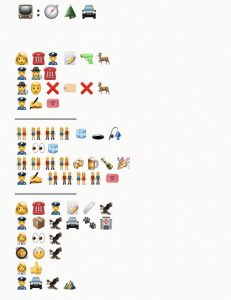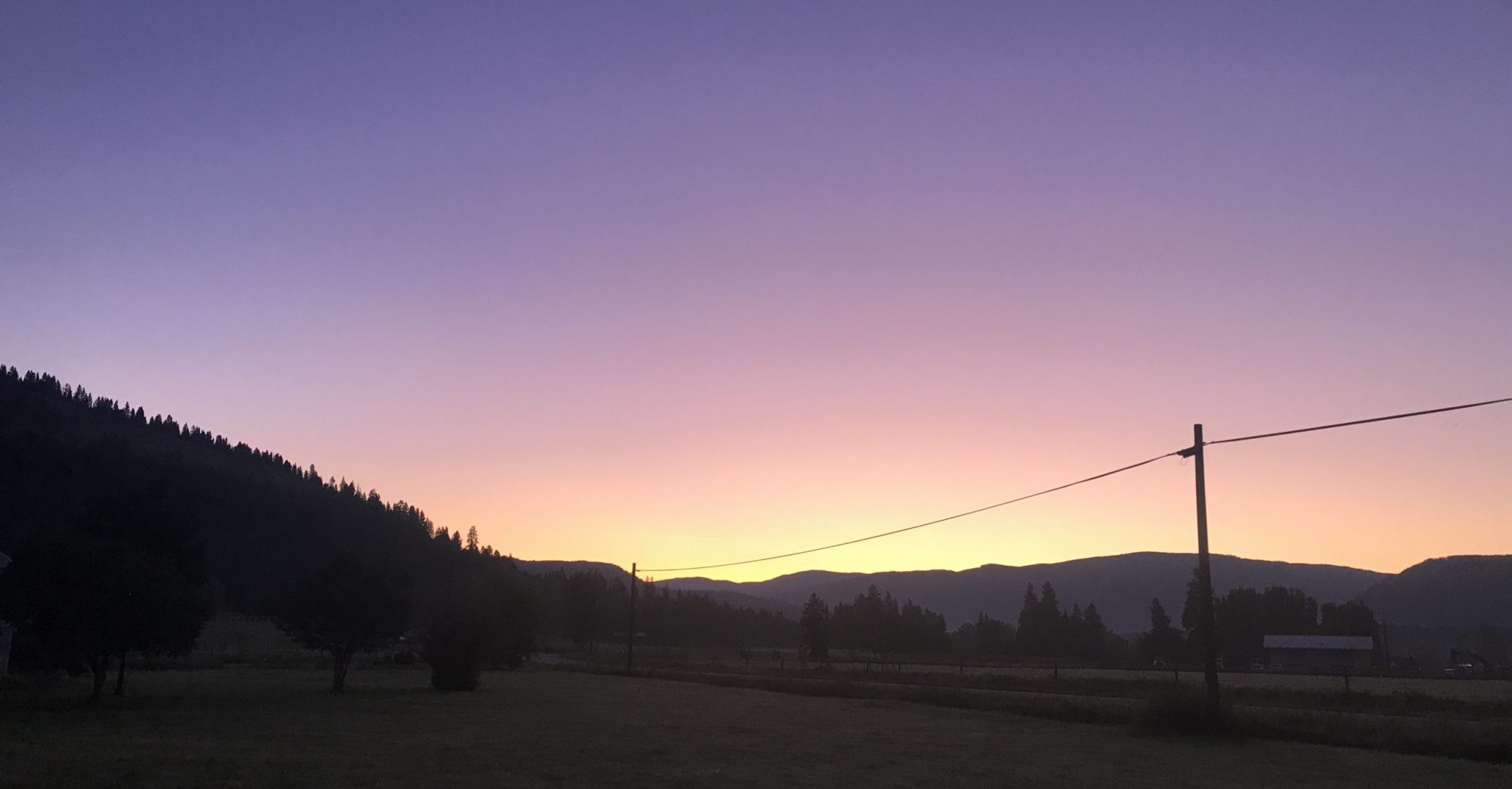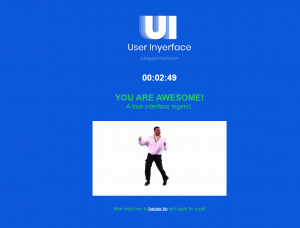
I really enjoyed this task, even though I only use emojis sporadically in my texting – and VERY rarely for entire thoughts or phrases!
I don’t watch a ton of TV or movies so I picked a show that my kids (and inevitably me) watch some mornings before school. If you’ve visited my “about me” section and my initial blog post, you’ll see a common theme! I also thought this show would/could be relatively straight forward to find emojis for the main characters and situations.
I focused mostly on the individual words to summarize, more than the concepts. I think this is a result of the fact that I don’t use a ton of emojis so my creativity is weak in this area!! One thing I did discover, and it is a function of our current society of the last few years, that there is no longer an emoji for a rifle or gun on most platforms – only a squirt gun!! This is something that I didn’t even consider, because as a hunter I have a specific and strict use for my firearms.
I started with the title because I felt it was quiet straight forward – plus I like to start things at the beginning and move to the end. It is similar to how Kress (2005) explained that traditional writings and pages will still exist, despite the new push to allow readers to “enter” a document at any stage (such as online textbooks). Those of us who are used to writing will continue to produce things as such, but the upcoming generation will change things to become more image and link based, so they can access only the information they need (without having to sort through everything else!
In this week’s reading of chapter 4, Bolter (2001) refers to “ekphrasis” and the concept that we need to grasp for this task was his notion of “reverse ekphrasis,” meaning that instead of words evoking images or sensory experiences, we are using images to infer the words. It’s an interesting concept, as I think this reverse ekphrasis involves much more cognitive muscle to decipher what the string of emojis mean! It’s something that is challenging and can have hilarious results (as seen on Ellen’s Game of Games)! Also, as someone who doesn’t watch a ton of TV or movies I think I will struggle with figuring out my classmates stories.
The deciphering of emojis is definitely something that takes practice!
————————
Bolter, J. D. (2001). Writing space: Computers, hypertext, and the remediation of print. Lawrence Erlbaum Associates.
Kress (2005), Gains and losses: New forms of texts, knowledge, and learning. Computers and Composition, Vol. 2(1), 5-22






